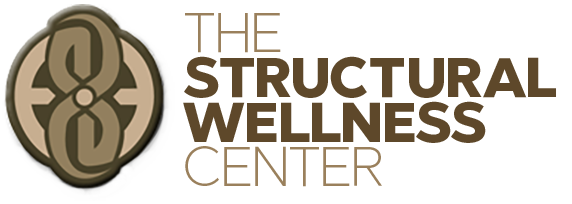Frequently Asked Questions
Get answers and learn more
What exactly do you do?
What is unique about SI is that there is a set series of goals to be accomplished.
Each session has its own particular goal or goals, but the overall goal is to begin to move certain patterns within your body towards certain general directions. For example, the first session addresses the “slouch” pattern. We are working towards getting you more upright and this is our first task. I will be looking at where the major strains are in your tissue. Then we will work together, using manipulation of tissue and your own movements, to begin to release the holding patterns and bring awareness to new ways of moving.
Each session builds up to the next; in the second session we are going to help support the new length in the front of your body by giving you a base of support and more length in your back.
The innate intelligence of SI is actually the intelligence of the body. The sessions progress with this same movement throughout. One way to visualize SI’s work is as moving from outside in (from the most superficial layer of your body to the deeper structures) and then back out again, thus building new relationships from within. As the outer strains release, the inner ones can be more readily and reasonably addressed. The eventual goal is to help you find a new way of moving and living as a result of a new possibility of being in your body.
Who receives Structural Integration?
2 People suffering from aches or pains in areas such as the neck, shoulders, hips, back, arms, legs,etc
3 People, in physically demanding jobs, who feel pain, are stressed, tense and stiff.
4 People suffering from the effects of injuries and accidents.
5 Active people e.g. artists, athletes, dancers, students of Yoga and meditation, musicians who wish to improve their mobility and reduce the risk of injury.
6 People that feel as if they have lost or are lacking their inherit energy/vitality.
7 People from all walks of life and of all ages, from children to seniors, with structural related issues.
8 Pet owners who want to bring this work to their pets.
What are the benefits?
Why the 10 session series?
Do I have to do the entire 10 sessions?
Do the results last?
Does Structural Integration have psychological benefits?
How is Structural Integration different from massage?
How long are the sessions?
How often should I book sessions?
Typically, new clients work with me on a weekly basis.
What do I wear?
It is very helpful to be able to see your physique, and the changes that occur during the sessions. I recommend not wearing anything too bulky, too tight fitting, or long pants. Please feel free to check-in if you have further questions.
Do you have a cancellation policy?
Is Rolfing different from Structural Integration?
‘Rolfing’ and ‘Rolfer’ remain, for the time being, the more publicly known term for this type of work, which to this date is service marked and owned by the Rolf Institute.
I was trained by an elite core of Rolfers who trained at the Rolf Institute with Dr. Ida Rolf herself, including Peter Melchior, the first known teacher aside from the good Doctor herself. Peter left the Rolf Institute, with several other faculty members, and formed a school to maintain the original teaching methods of Dr. Rolf – called the Guild for Structural Integration. I attended the Guild and have earned a full certificate to practice Structural Integration.
Have another question? Ask away.
Getting the most from Structural Wellness involves talking together. Asking questions is central to what we do.
Contact Us / Book a Session
Email Address
brianttherolfer@gmail.com
Studio / Office Address
1500 Walnut St, Unit 1305
Philadelphia, PA 19102
